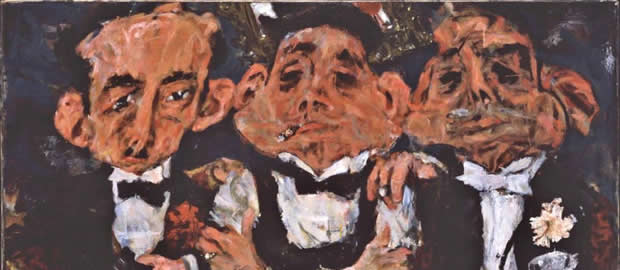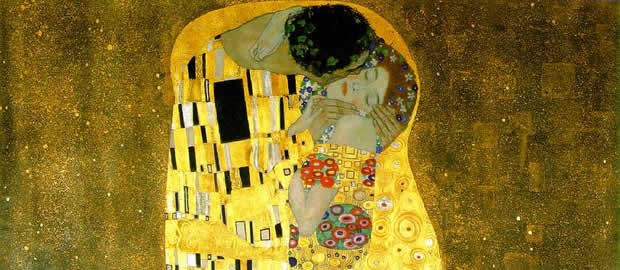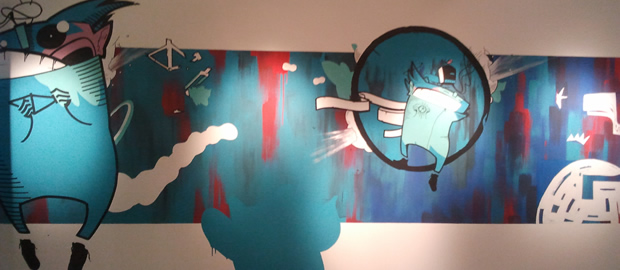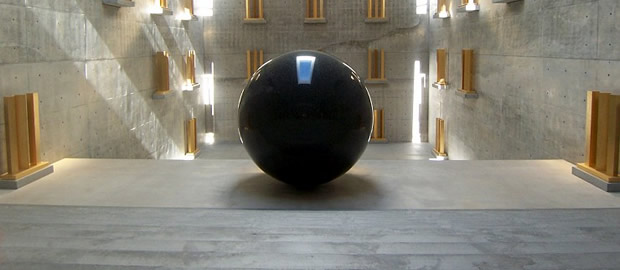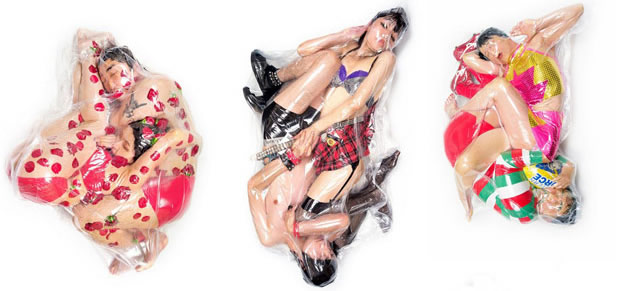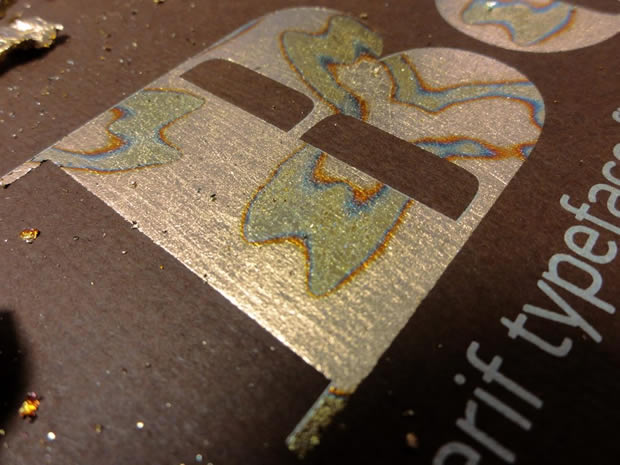Nor was it a reaction Jack would have been surprised by from a person of power in 20th century America. Because that was Jack – a man whose artwork satirized and mocked the crooked politicians, plutocrats, and those he felt were inflated by hypocrisy. Jack Levine most famous paintings Gangster Funeral Created in 1952-53, this piece is regarded as a seminal moment in the career of Levine and is regarded by many as his best work. The commentary on mob life in America was a narrative referred to by Levine as a “comedy”. The Patriarch of Moscow on a Visit to Jerusalem Completed in 1975, this painting was the culmination of a series of paintings that were inspired by a trip Levine took to Jerusalem
earlier in the decade. The Syndicate Painted in 1939, this work depicts the relationship between those in power and the mob – a theme that Levine would continually revisit throughout his career. Welcome Home The painting famously dismissed by President Eisenhower was completed in 1946 on Levine’s return from military service. Depicting a feasting general, Levine described the painting as not “so much of an attack on the Army as an expression of great joy at getting out of the Army.” Born in the South End of Boston on 3 January 1915, Jack Levine was the youngest of eight siblings. Talented from an early age, Jack was encouraged to pursue his art from an early age by his parents, Mary and Jack Levine – an…

